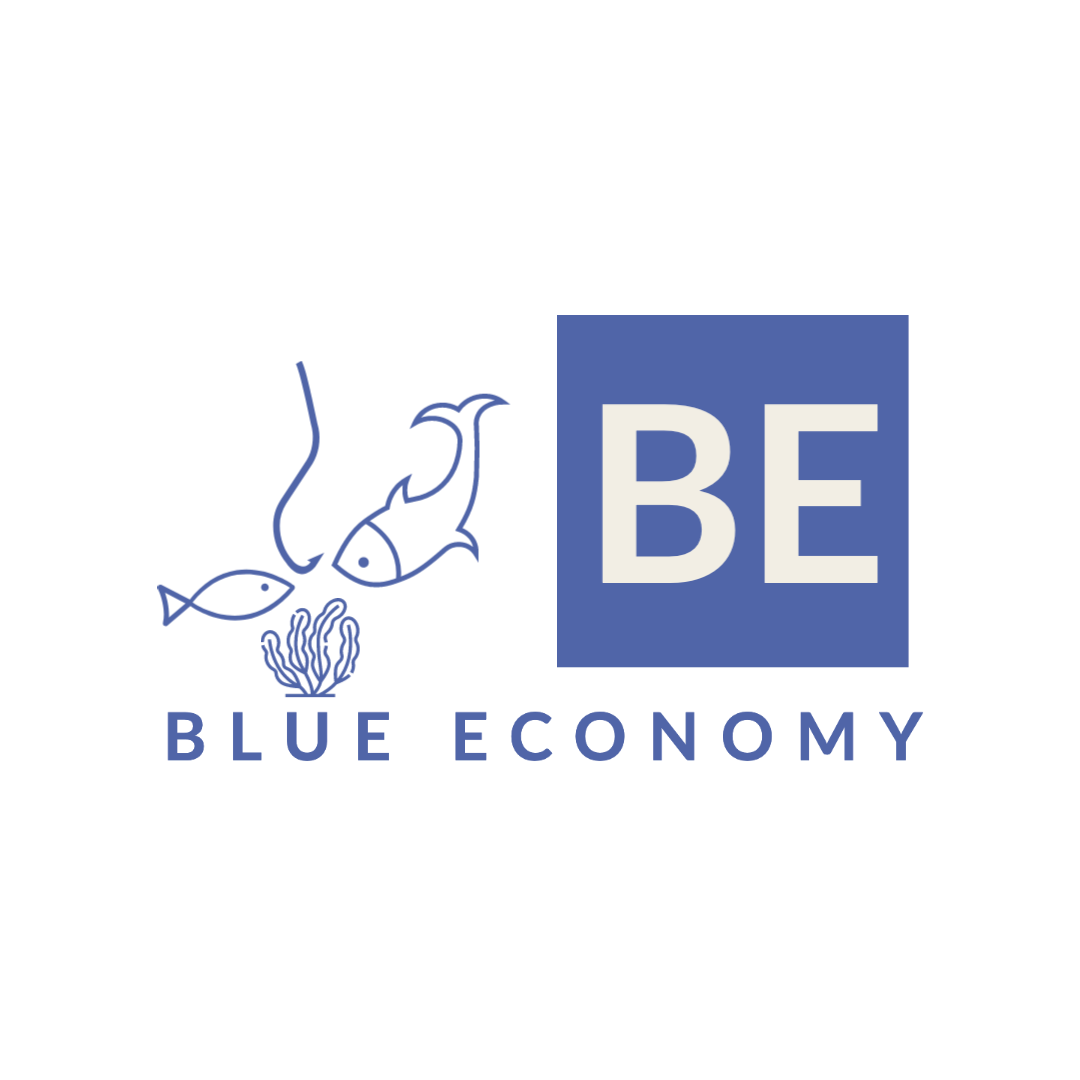The Kenyan coastal and marine ecosystem makes a significant contribution to national socioeconomic development. The fisheries potential of Kenya's Indian Ocean share of the 142,400km2 Exclusive Economic Zone (EEZ) is 150,000-300,000mt per annum, contributing about 10% of the national fishery production. Fisheries coupled with tourism are the coastal region's economic mainstay and contribute to the food and nutritional security as well as directly and indirectly to livelihoods and especially to the many communities in the region (Kimani et al, 2018).
The Blue empowerment project is a lowcarbon, gender transformative initiative, with the aim of contributing to tackling barriers for the empowerment of fisher women in the coastal region of Kenya. The project focuses on adoption of climatesmart integrated multi-trophic aquaculture (IMTA) of seaweeds and fish for improved livelihoods and resilience. It is anchored on Sustainable Development Goal (SDG) 5 on the crucial role of gender equality in development processes as well as in the Kenya Vision 2030. The expected main beneficiaries of the result of this project are women, and the core model will include building agency, resources, and institutional structures.
The Blue empowerment project is a lowcarbon, gender transformative initiative, with the aim of contributing to tackling barriers for the empowerment of fisher women in the coastal region of Kenya. The project focuses on adoption of climatesmart integrated multi-trophic aquaculture (IMTA) of seaweeds and fish for improved livelihoods and resilience. It is anchored on Sustainable Development Goal (SDG) 5 on the crucial role of gender equality in development processes as well as in the Kenya Vision 2030. The expected main beneficiaries of the result of this project are women, and the core model will include building agency, resources, and institutional structures.
The project started in March 2022, and will run until August 2024.
